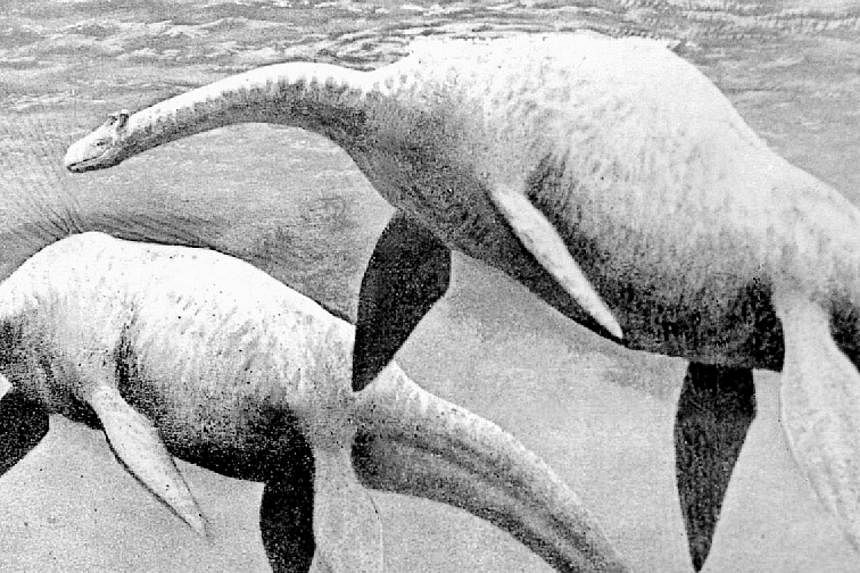Sightings of creatures such as the Big Foot and the Loch Ness monster have captured the imaginations of people for many years, leading to the field of study known as cryptozoology, which involves the study of cryptids, or animals whose existence has not been proven.
However, recent DNA tests on hair samples from the Yeti have shown that the material actually came from goats or bears, according to a report from British journal Proceedings of the Royal Society B.
So despite the number of sightings that had been reported, it appears that science has proven the creatures do not exist. At least, until the next sighting piques the interest of the public.
Here are several creatures whose sightings have led to them becoming part of public consciouness.
1. Yeti

Also known as the Abominable Snowman, this ape-like creature, reportedly taller than humans, is said to inhabit the Himalayan regions in Nepal and Tibet.
Pieces of evidence have been produced to support the existence of the creature, from hair samples to footprints in the snow of the Himalayan mountains. But the samples were found to be from goats or bears after DNA testing, and the odd shapes of the footprints were attributed to erosion from wind and particles.
The Yeti is one of the most well-known of these cryptids, and has appeared in various forms of media, from Tin Tin, the comic by Belgian author Herge, to the Disney Pixar film Monsters Inc.
2. Big Foot
The North American counterpart to the Yeti, the Big Foot seems to inhabit the Pacific north-west region of North America. It is also known as the sasquatch, an Anglicisation of the name given to the creature by Native Americans in the area.
There have been hair samples of the creature, but these have all been found to be from other animals, such as bear, cow or coyote, among others. Huge footprints, attributed to it, have also been shown to be hoaxes perpetrated by people. There have also been images of the creature, one of the most famous being from the Patterson-Gimlin film that showed an ape-like creature. Experts are still arguing over whether the film is a hoax or not.
3. Orang Pendek
Closer to our shores is the Orang Pendek, said to still roam the jungles of Sumatra, according to locals. Eyewitness accounts describe it as a bipedal ape-like creature.
An episode of the National Geographic series Beast Hunter was devoted to the search for the animal.
4. Loch Ness Monster

Nessie, from the waters of a lake in northern Scotland, is another of the more well-known cryptids, with expeditions - including some involving sonar technology - being sent to try to see if the creature is real.
A famous photo, purporting to be of the Loch Ness monster, shows what looks like a small head on an elongated neck rising out of the water. While the photo was later revealed to be a hoax, the image has stuck, the most common speculation being that Nessie is a remnant of a line of plesiosaurs.
5. Kraken
Another water animal, the kraken was said to be a massive sea creature that lived in the icy waters near Norway and Greenland, as described by sailors during a time when sailing ships were first exploring the vast oceans. It is said to be a squid-like monster, and modern researchers believe that the accounts of the creature were actually of sightings of the giant squid, which can grow up to 13 metres long.
6. Chupacabra
The chupacabra, or "goat-sucker" in Spanish, is a legendary creature that lives in Central America, though sightings have been reported as far away as in the northern United States, the Philippines and Russia. As its name implies, it is known for attacking and sucking the blood of livestock, particularly goats.
In 1995, a report that chupacabras were behind the attacks of animals on Puerto Rico caused some hysteria in the US territory, forcing the local government to issue a statement and send a vet to investigate the cases.
Descriptions of the creature vary, from some that say it looks reptilian and moves around like a kangaroo, to those that say it is closer to a dog or rodent. Common explanations for it are that the creatures are wolves or coyotes suffering from mange. In fact, one sample in Texas of a reported chupacabra was found, after DNA testing, to be a coyote.

